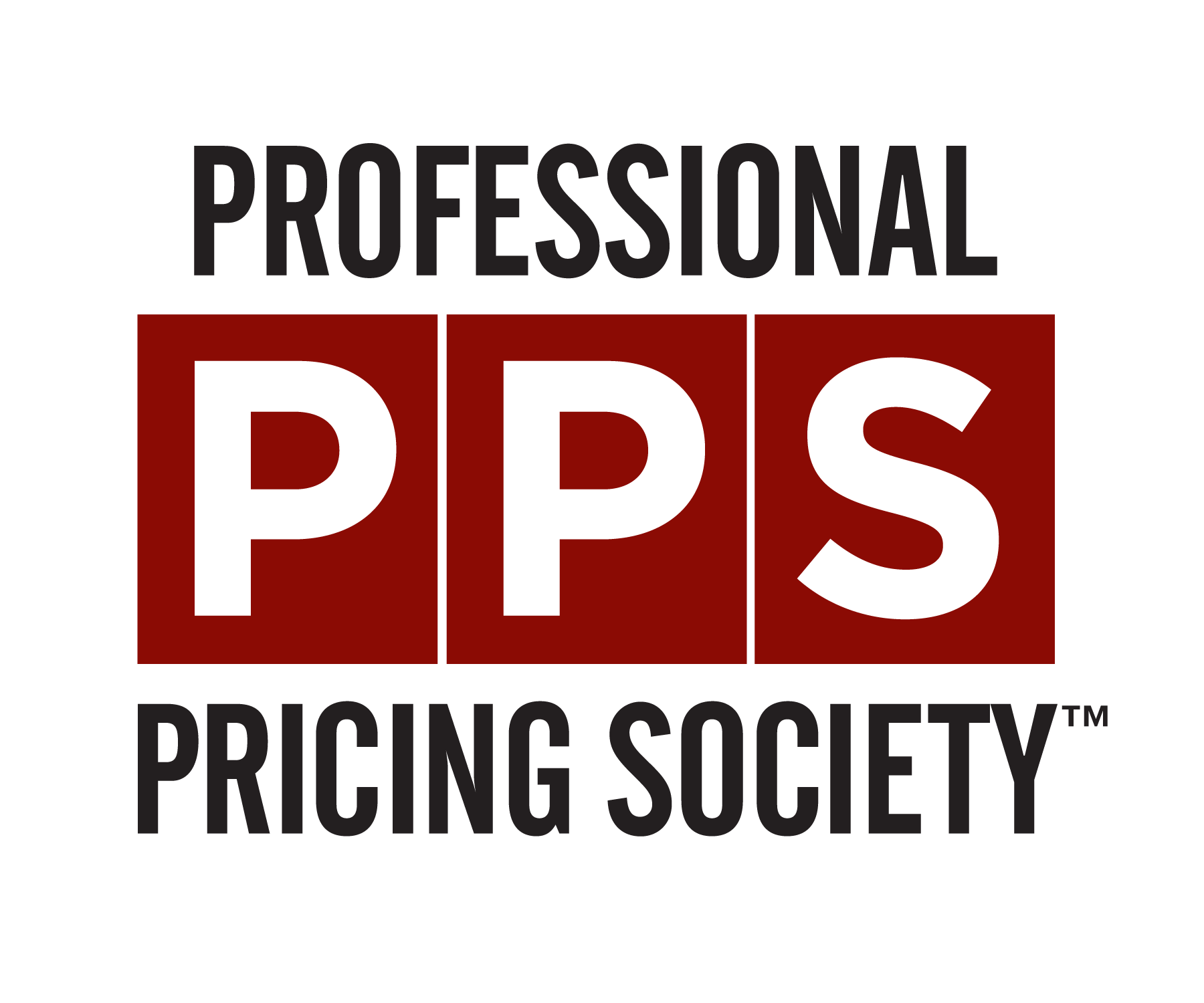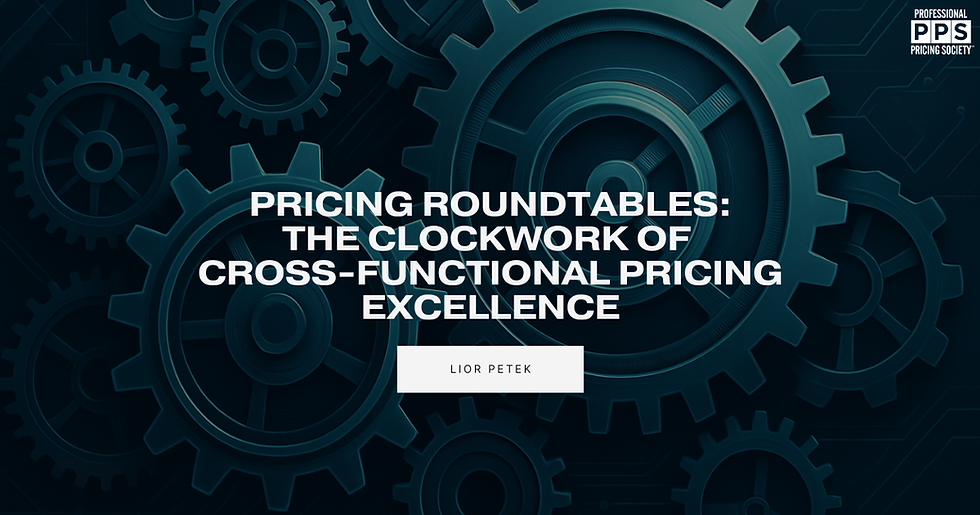6 Truths about pricing analytics & your business
- darnell499
- Mar 28, 2022
- 4 min read

In this guest post by #PPSCHI22 Pricing Breakout Speaker Fred Puech, Founder of Keenalytix, we learn three ways pricing does help with your business and three ways it does not.
Pricing is probably the area where the disconnect between what business stakeholders expect and what analytics can deliver is the widest.
Very often, this disconnect comes from a deep misunderstanding of what analytics really is and what it can deliver, fueled by the hype about data being the new oil and “quants” having superpowers. The reality is a bit different.
Pricing analytics can indeed be a very powerful tool for any given business, but a good starting point is to level-set the expectations about what it can actually deliver.
Analytics, really.
The literal meaning of “analytics” is “the resolution of anything complex into smaller elements”. In other words, one analyzes a problem by decomposing it into smaller elements to understand how they are connected to each other. For a modern analyst, these elements are called variables and the connection between them is called a model.
In the specific case of pricing, one can classify the variables into three separate groups: (1) pricing metrics (e.g., discount rates, net customer prices, gross margin rates), (2) business KPIs (volume, revenue, margin) and (3) other relevant customer and product characteristics (e.g., customer channel, industry, location, product category, brand, etc.).
A pricing analyst’s main job is then to take these variables, try and understand how they interact with each other (the model), and derive insights that will eventually lead to pricing decisions. The modeling part is obviously the most difficult task, especially if one wants to move beyond simple correlations and build predictive pricing models. Ask anyone who has ever tried to come up with an accurate quantification of price elasticity.
What Pricing Analytics Can Do
At a high level, pricing analytics answers one question, and one question only: should we take price up, down or stay put? Of course, the answer does not depend only on pricing analytics (business objectives come first), but it is here to support the decision-making process.
Diving a little deeper, we can then define pricing analytics in terms of the three types of questions it can address:
Learn - what is currently happening? This is usually the starting point for any good analytical process. It helps build the analyst’s intuition before moving on to the more advanced modeling. It is the question that traditional business intelligence and reporting dashboards are meant to answer.
Understand - why is it happening? This is where we start building more advanced pricing models using data mining and statistical modeling techniques. However, we are still very much looking at the past (and present).
Decide - what should we do? Decision-making is best supported by advanced modeling techniques, such as predictive and prescriptive models and other machine learning approaches.
All these approaches have in common the fact that they try and predict future outcomes instead of merely understand past ones.
What Pricing Analytics Cannot Do
Everything beyond and beside these three broad questions is in essence “out of scope” for a pricing department. Specifically, pricing analytics cannot:
Be accurate without limits. Pricing analytics, if done well, can give you excellent predictions of the impact of your foreseen 3% price increase. 5%? No problem. 10%? Still okay, but we’re starting to get less accurate and more directionally right. For anything above 50%, you might as well use a Magic 8-ball (you shouldn’t; use pricing research instead).
Predict the unpredictable, or its consequences. Case in point: pricing professionals the world over struggled mightily to do their job and navigate the consequences of the pandemic over the last two years. Who can blame them? We went from a highly deflationary environment during the global lockdowns of 2020 to inflation rates not seen since the 1970s in 2021-22.
Replace Humans Yes, pricing can be automated by using a pricing software…up to a certain point. Pricing analytics and software cannot fully replace human judgement or fully predict human behavior. This is equally true in B2B, where relationships and negotiations are still an integral part of conducting business, and in B2C, where companies can face significant consumer backlash when leaving their pricing algorithms unchecked (remember when Uber started charging hundreds of dollars for a ride on New Year’s Eve?)
Analytics is the process of defining variables and the connections between them. In the case of pricing, it can help a business learn about its current pricing situation, understand it and eventually make future pricing decisions. It can be a powerful tool, when used properly and with the right set of expectations.
To learn more about ways to implement pricing analytics within your organization, join Fred Puech in Chicago at the PPS Spring Pricing Conference and Workshops event on April 27. Fred will be holding a full-day workshop on “Practical Pricing Analytics”, in which he will present a framework that makes pricing analytics easier to implement in order to drive results.




